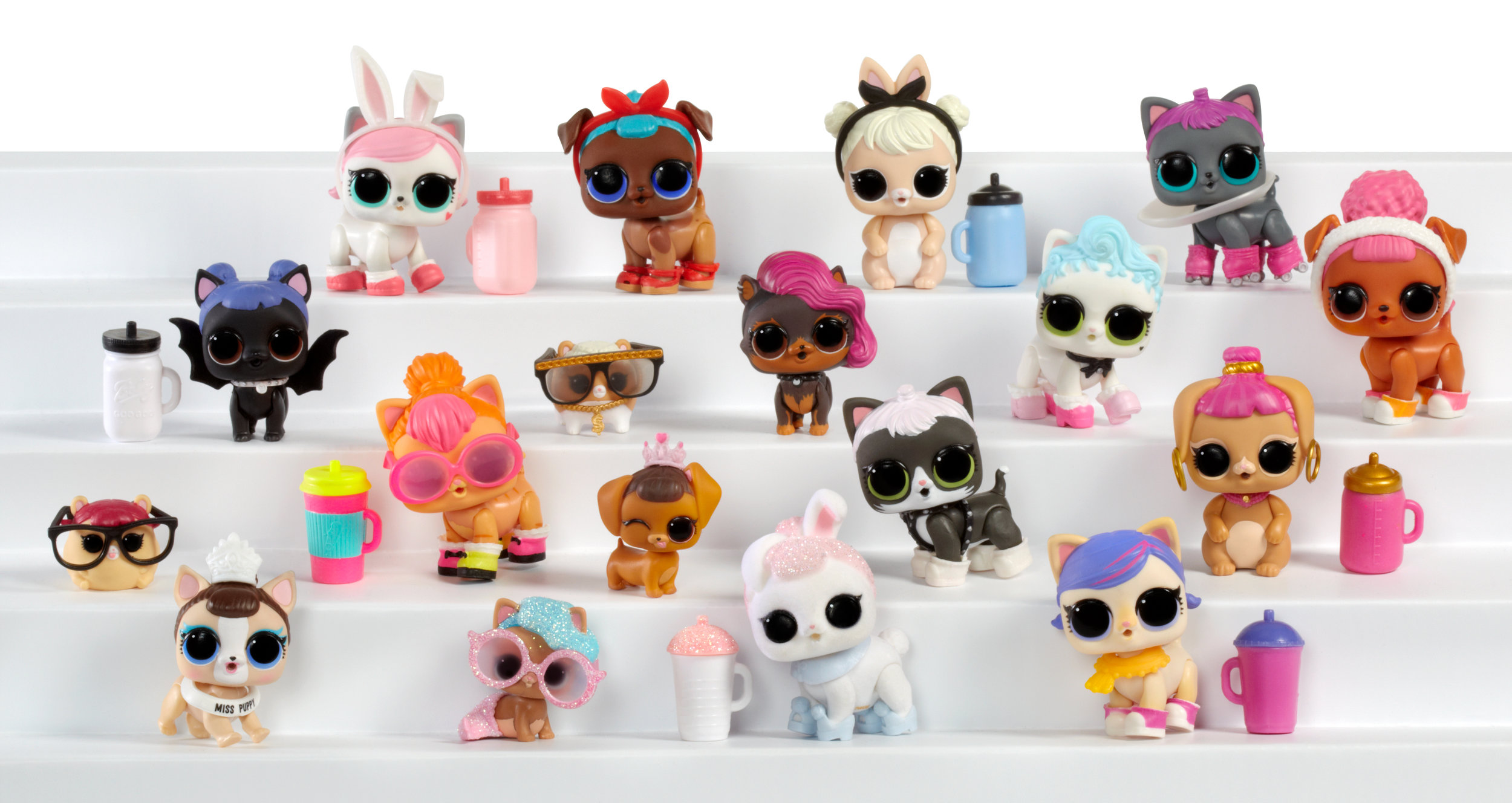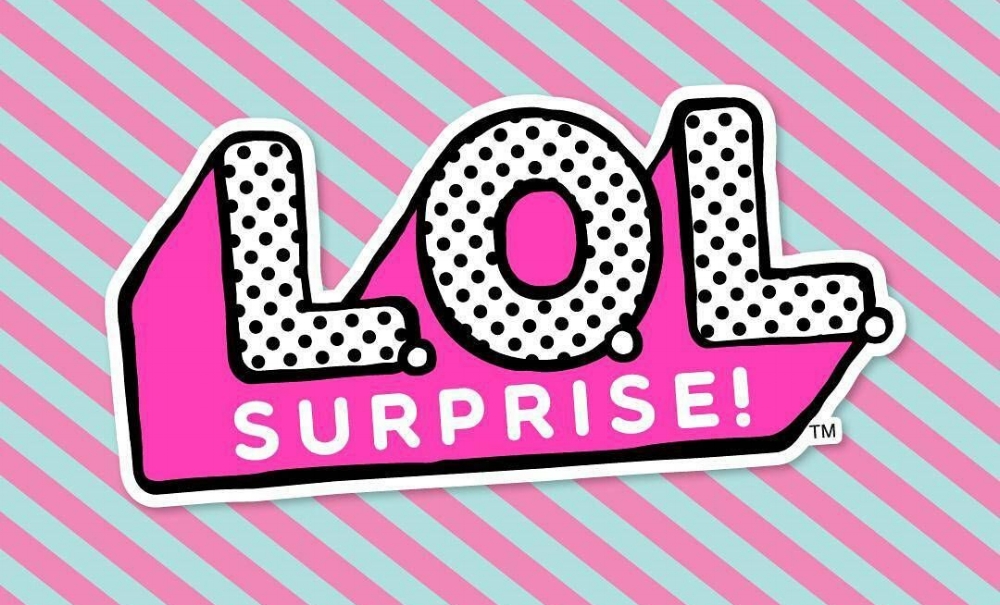When the Bratz Dolls were released in 2011, MGA Entertainment – the (then) small Southern California-based company that had poached a former Mattel designer (according to a string of ugly lawsuits) and created a line of sassy, fashion-forward Barbie alternatives – did not know for sure if it could successfully rival the long-standing American staple that is Barbie. Yet, that is exactly what MGA did; it became the first company in 40 years to steal a sizable amount of market share from multi-national toy giant Mattel and its world-famous doll. Fast forward to December 2016 and MGA was on the brink of doing it again.
To take the toy market by storm again, MGA CEO Isaac Larian was looking beyond Barbie vs. Bratz. This time, he wanted to find a way to bank on the YouTube-driven “internet phenomenon of unboxing.” The proposition was simple enough: A hard plastic shell inside of which were multiple layers that could be unwrapped to reveal surprises, such as stickers, charms, doll outfits and accessories, and a collectible doll. MGA would call it L.O.L. Surprise!
“Just like unwrapping any gift, there’s a buzz of anticipation and that feeling of ‘oh-my-goodness, what’s inside?!,’” MGA said of its latest creation in late 2016. What the company did was tap into the same underlying psychological effect that excites gift-openers and that drives adults to sign up for monthly subscription boxes (and thereby fuel the crowded multi-billion dollar subscription market). And it worked.
Acting quietly in an attempt to test the market, MGA stocked store shelves and e-shelves right before Christmas in 2016 with 500,000 L.O.L. Surprise! products. Without so much as a television commercial or digital marketing campaign, all 500,000 products sold out in two months. Within five months, MGA had sold 2.5 million L.O.L. Surprise! products.
 image: MGA
image: MGA
While MGA – now the largest privately-held toy company in the U.S. – was busy nabbing titles on various top-toy lists, the company’s new L.O.L. Surprise! products were also getting a different sort of treatment.
Almost as swiftly as it became the top toy in 2016, L.O.L. Surprise! became one of the most frequently copied toys. The stream of Chinese-made fakes that made their way into the market in the U.S. was a direct result of the rapid spike in popularity for MGA’s newest toy. “Once a toy becomes hot, the Chinese counterfeiters focus on that, and they quickly knock it off and bring it to the market,” Larian said in July. “What I haven’t seen until now is how openly blatant they are about it.”
But more than that, the sold-out status of L.O.L. Surprise! products in toy stores across the U.S. created a gold mine for counterfeiters, who identified a limit in supply and a surge in demand for the toys, which range in price from $7 (for a mini version) to nearly $200 for a full set, complete with a doll house.
Larian has taken a strong stance when it comes to the copycat versions of L.O.L. Surprise! products. “It is our duty to protect consumers from these dangerous knock-offs attempting to capitalize off of the phenomenal success of L.O.L. Surprise! I will continue to prosecute any and all counterfeiters to the fullest extent of the law,” he said in a statement this spring after MGA filed a strongly-worded lawsuit against China-based TomTop.com and its CEO Mike Liao. The defendants are on the hook, per MGA’s complaint, for “defrauding consumers around the world with counterfeit L.O.L. Surprise! listings on its own website as well as via stores on eBay, Alibaba and Amazon.com.”
As the Los Angeles Times stated this summer, MGA’s case “highlights an issue many U.S. toy companies are facing: China-based websites that advertise discounted versions of sought-after toys, when the sites are really schlepping cheaply made counterfeits or knockoffs, slightly altered versions that still amount to a theft of their intellectual property.”
It also speaks to an issue beyond intellectual property. “All toys sold in the U.S. must comply with very strict product safety requirements and must be tested by an accredited, independent testing lab to demonstrate compliance,” Rebecca Mond, the Toy Association’s senior director of federal government affairs, says. Compliance with safety requirements is almost entirely absent from counterfeit toys, posing safety and health issues to a vulnerable segments of the population: children.
Even more recently, MGA – whose CEO is also very vocal on Twitter about the company’s fight against fakes – announced that it had added 36,000 units to its tally of 250,000 seized and destroyed counterfeit L.O.L. Surprise! products.
“The recent seizures are the result of MGAE’s aggressive anti-counterfeit campaign being stringently enforced across the globe,” MGA said in a statement. Or as Larian stated on Twitter, “You knock us off or copy (no matter who and how big you are) we will come after you and kick your ass!”
* This article is part of a larger series, entitled, “Counterfeiting: The Big Business of Fakes,” which endeavors to examine the state of counterfeiting in 2018 in the United States and beyond in connection with everything from luxury and high fashion products to the black market for automobiles and cigarettes.











